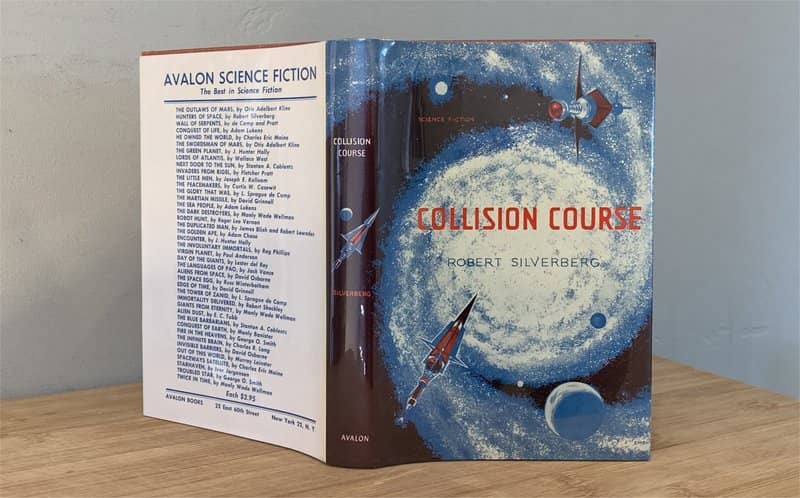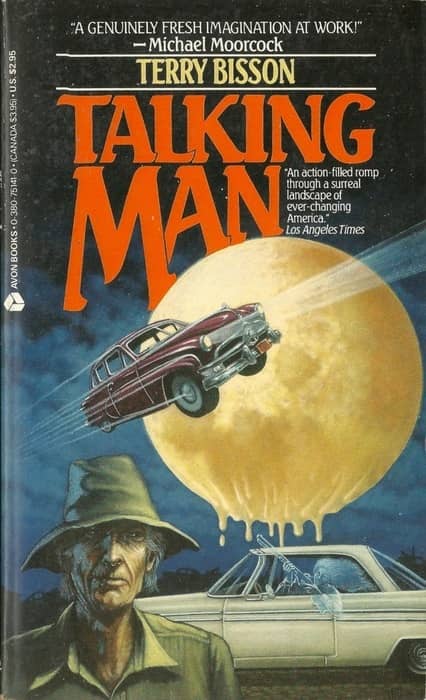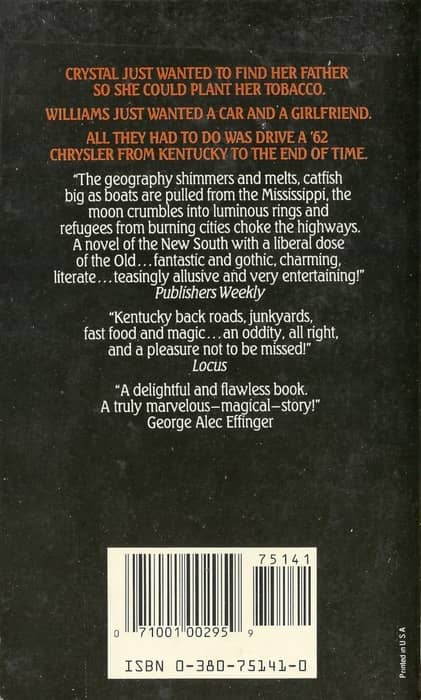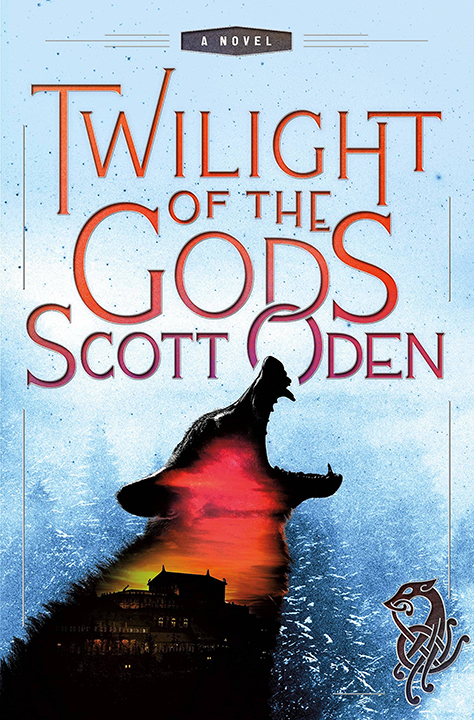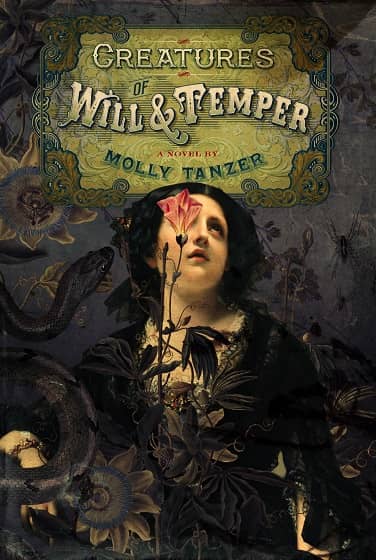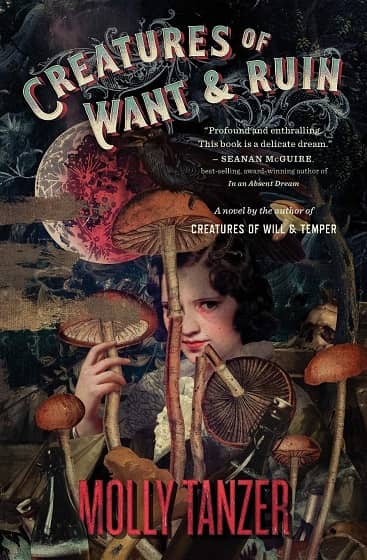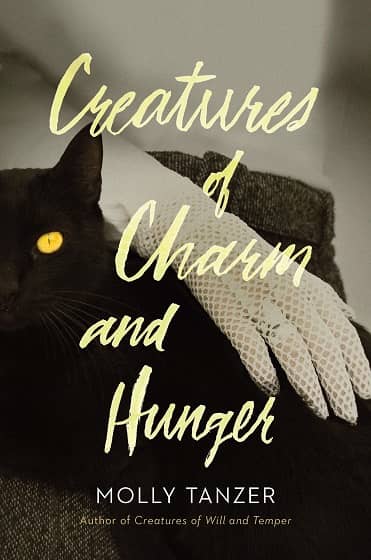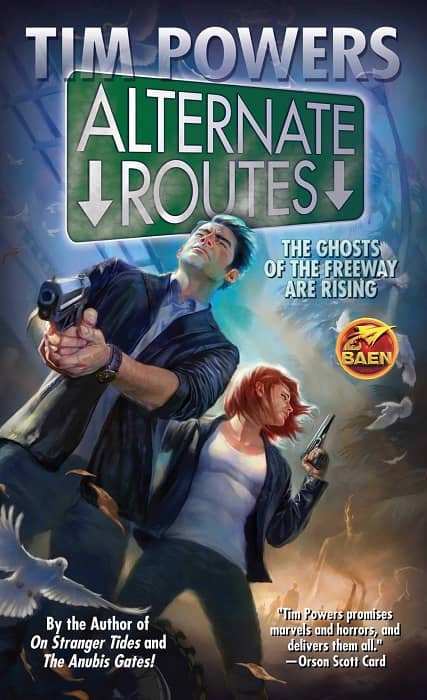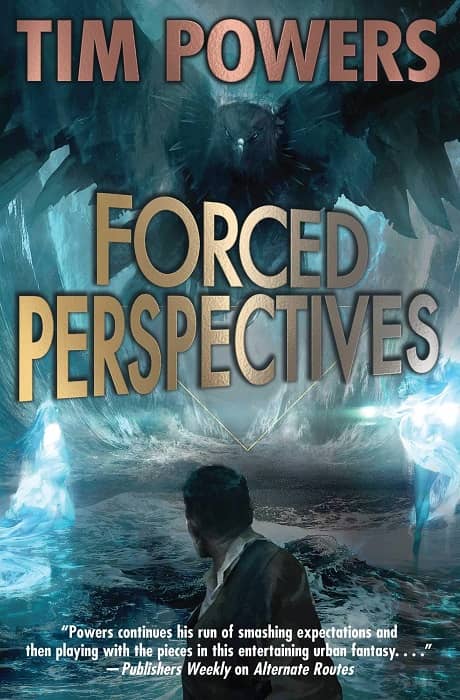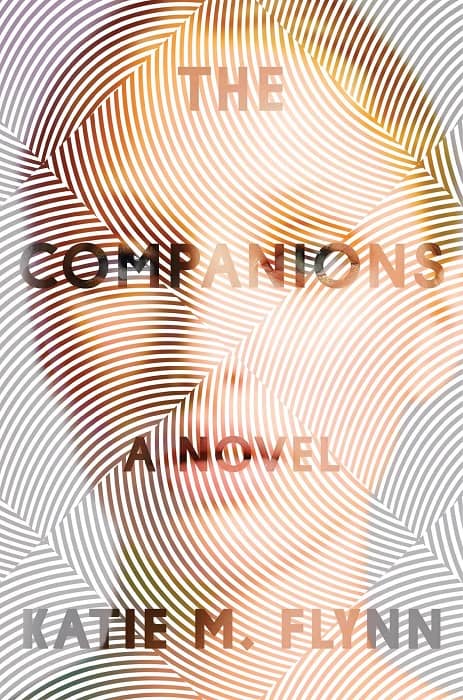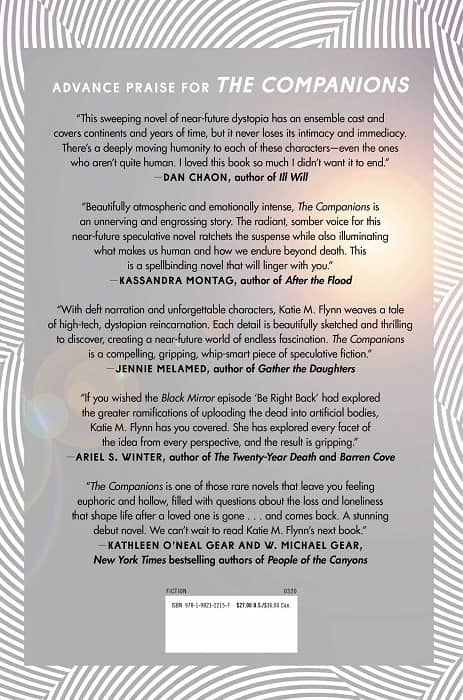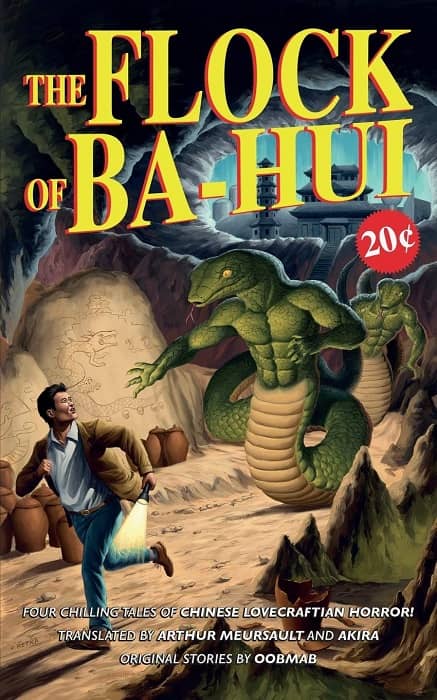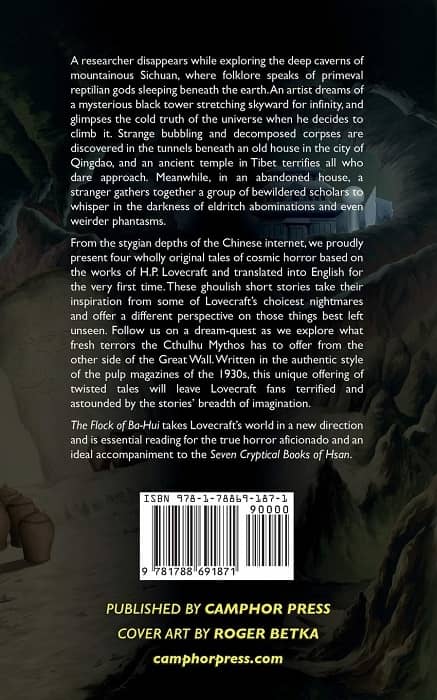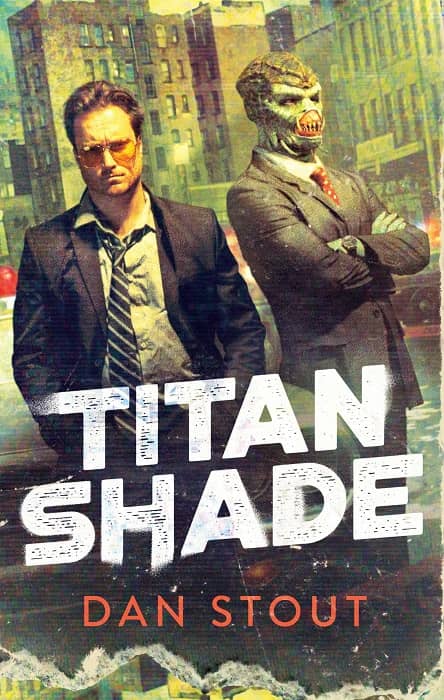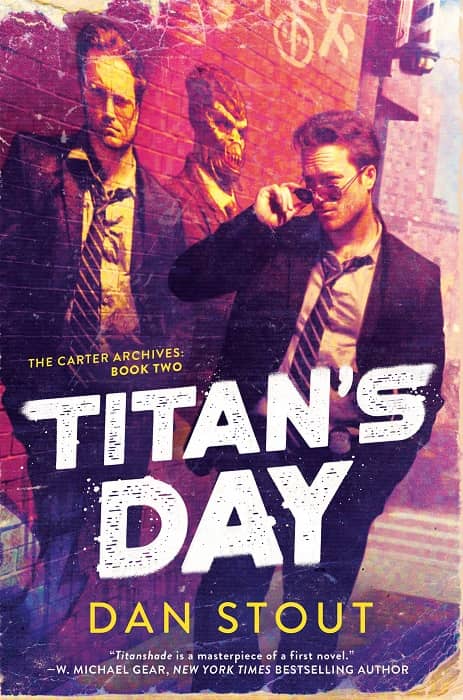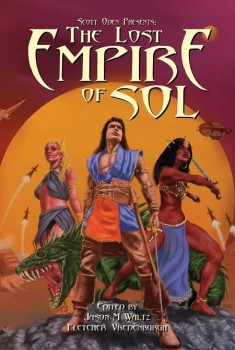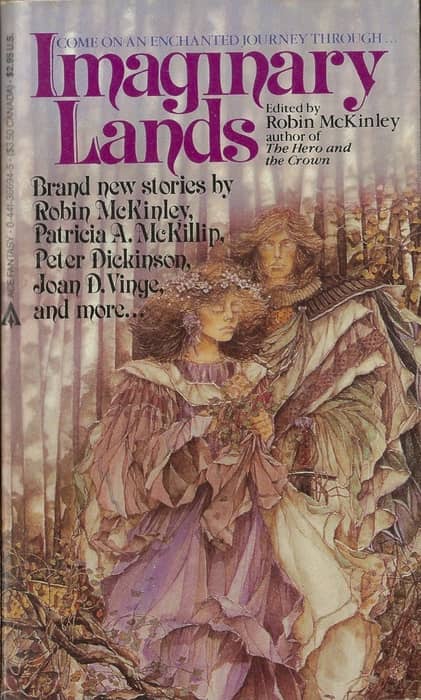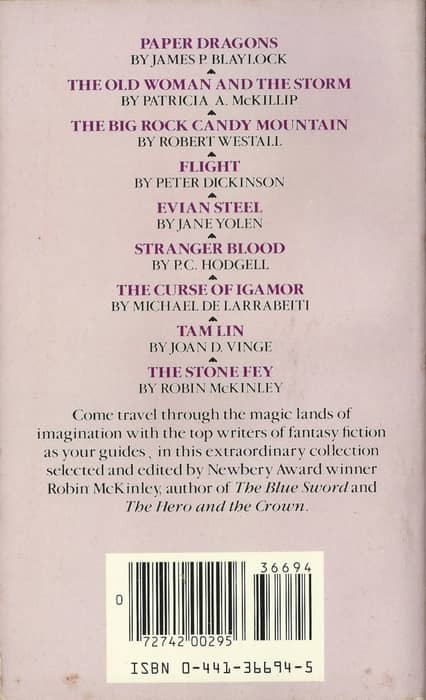A Fascinating, Ordinary 1950s SF Novel: Robert Silverberg’s Collision Course
Collision Course by Robert Silverberg. First Edition: Avalon Books, 1961.
Jacket design by Ed Emshwiller (click to enlarge)
Collision Course
by Robert Silverberg
Avalon Books (224 pages, $2.95 in hardcover, 1961)
Robert Silverberg needs no introduction to readers of Black Gate, I should think — author, over six or seven decades, of dozens of novels and hundreds of short stories, editor of rows of reprint and original anthologies, winner of four Hugo Awards, five Nebula Awards, and numerous career awards including induction into the Science Fiction Hall of Fame, an SFWA Grand Master, and the First Fandom Hall of Fame — yet it’s easy to come across unfamiliar titles from along the twists and turns of his long and varied career. He began in the 1950s, a prolific author of short stories and of standard genre SF novels that he was able to write and sell quickly, and while some of them have been reprinted several times in decades since, this early body of work has been eclipse by the high quality work of the mid-1960s to the mid-1970s, for which he won many of those awards, and by later popular works such as his Majipoor novels and stories.
The novel at hand is one of those earlier works, and it’s interesting precisely because it’s not a major work of science fiction in any way.
